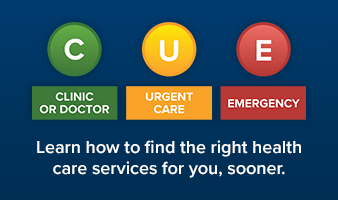Creativity supports end-of-life care
Winnipeg Regional Health Authority
Published Monday, October 26, 2020
Since COVID-19 first started to impose restrictions on regular patient visits in the spring of 2020, many health providers have needed to look at alternative options to continue to provide safe, regular health services to those in the community.
That became particularly true for clients receiving palliative care within Winnipeg. Provided their health needs allow for it, patients can decide to receive end-of-life care at home instead of in a hospital or hospice setting to make the most of their final days, weeks, or months - but their health needs are no less intensive or demanding than their counterparts in hospital.
That left palliative care nursing teams to work quickly and creatively to determine how best to provide continuity of care to these patients who chose to remain in their homes while minimizing the in-person contact they had with those individuals in order to limit their potential for exposure to COVID-19.
The Palliative Care program quickly learned and adopted forms of virtual communication in order to communicate regularly with their patients and families and to continue to provide essential health consultations. Since the format is more flexible than in-person visits, this option also offered patients, and teams, the added benefit of bringing on different team members at the same time to work together with the patient and their family supports
These virtual visits have provided a continuity of care necessary to ensure patients remain as comfortable as possible during end-of-life treatment and that outstanding questions or concerns are addressed promptly by the right members of the care teams.
Palliative Care teams also implemented a number of other initiatives in the community to best support patients during this shift away from mostly in-person care provision. They surveyed community palliative care nurses to gain feedback and insight into how the team came together at the beginning of the pandemic in order to learn from that experience going forward; they have integrated a medication tracking system into community patients' electronic medical records and have developed a community schedule that balances virtual/phone and in-person visits to clients in the community according to level of need.
Since late 2016, the Community Palliative Care Program has been using electronic charting, which has offered the team a distinct advantage going into the pandemic.
"With our entire team already equipped with laptops and education on e-charting, we were able to quickly and easily adapt to using various forms of virtual visits," said Team Manager Céline Dubé-Balcita. "That virtual connection has benefited us not only when providing client care and assessments, but also for our team meetings. It's enabled us to stay connected, share our experiences, and continue to offer each other support during a very challenging time. Everyone from our administrative staff to scheduling clerks, nurses, coordinators, clinical nurse specialists, and physicians, have benefited from using virtual visits and technology, all in the name of enhancing patient care."

